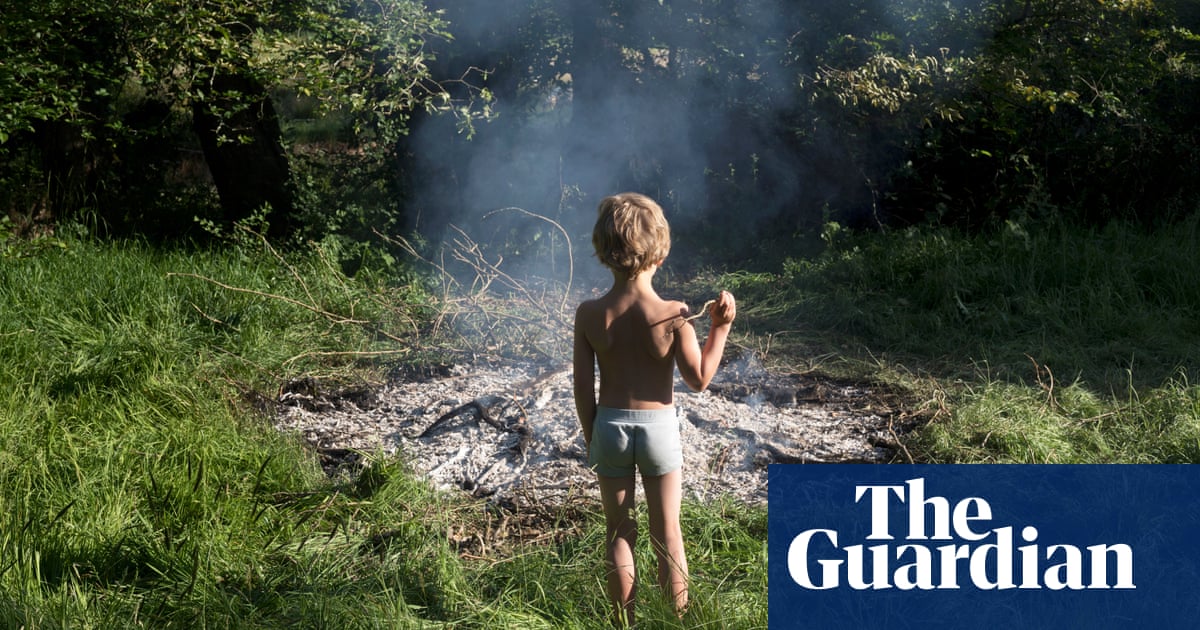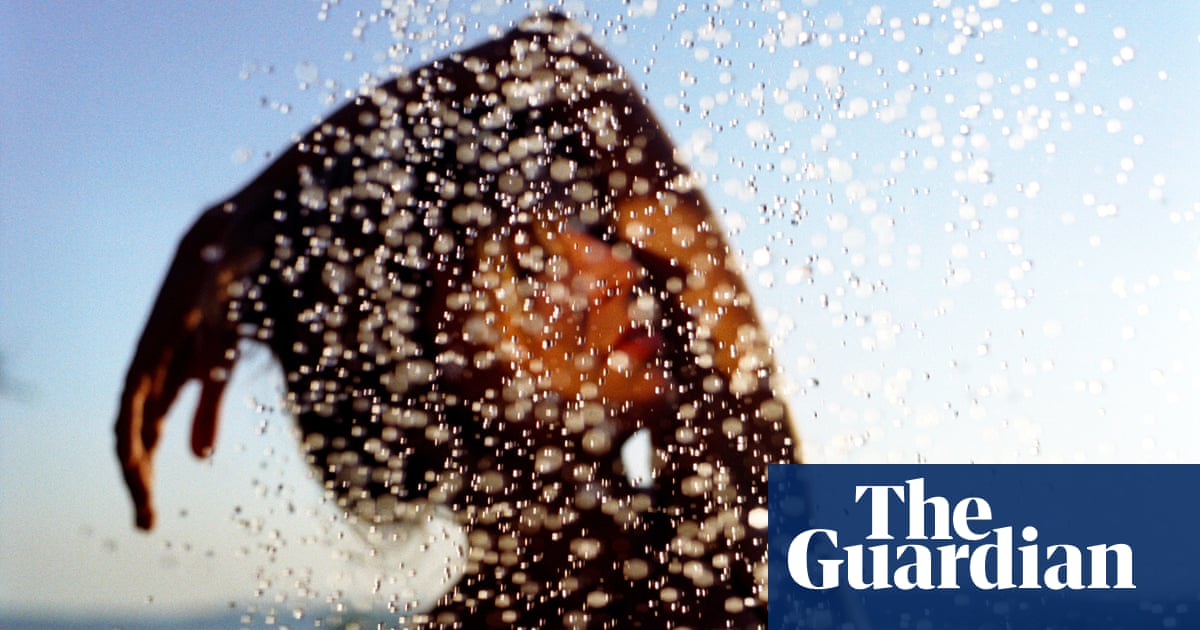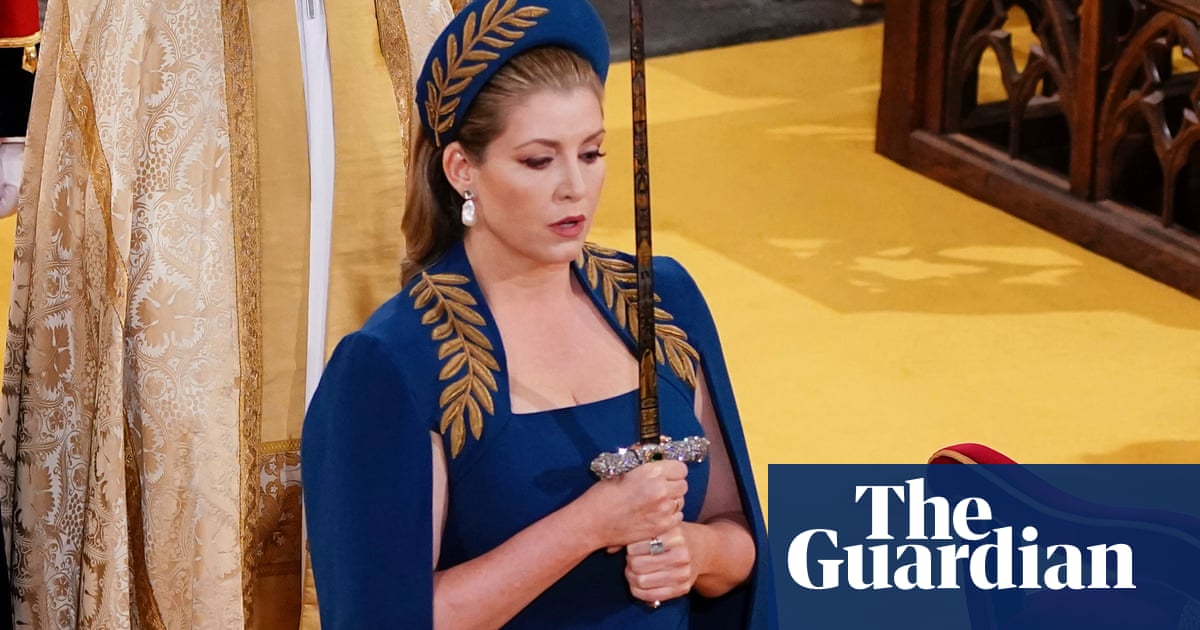
The Aleutian Islands are fabled in surfing. Part of the Pacific Ring of Fire, they’re a raw chain of islands connecting Alaska to Russia. The area is known as The Cradle of Storms because it’s so windy and wild.
Most of the islands are made up of tundra and there are big active volcanoes. This island, Umnak, is home to a very small Aleut community. I went there in 2013. The planning alone took two years. You need to be completely self-sustained. You need to charter a small plane and have enough food and supplies for your entire stay, with the means to charge all your equipment.
The surfer in the picture is Josh Mulcoy, who I’ve spent the better part of my career travelling with. He’s known to many as the godfather of cold-water surfing, one of the pioneers of the sport. He’s on a right-hander, on a beautiful point break we found. The volcano in the background is Mount Vsevidof, the only volcano on this island.
Of the 14 days we were there, this was the single clear morning. It was icy cold and below freezing. We had a 15 or 20 mile all-terrain-vehicle ride to get to the beach, and then, once you’re there, you’re susceptible to all the weather and conditions. We knew there was a new swell arriving but we had no idea it would be this clear or beautiful. We didn’t even know if Josh was going to be able to surf. But it turned out to be one of the best days of surfing I’ve ever seen.
Many of my photos are taken from out in the water but I took this one on land. I was crouched below rocks on the shoreline, trying to compress the wave into the background. The photograph was a cover shot for Surfer magazine. It’s probably the most iconic image of my career, the one I’ve sold the most. There are few moments in your life as a photographer when you really recognise a great image when you take it – it’s hard to do that when you’re shooting. But this stood out right away. This single image tells the viewer exactly where we went, what we did, what it was like. When you see this, you don’t need to question whether it was cold or if the conditions were harsh – you know it. This is the whole story in one, giving equal weight and space to the athlete and the wave, as well as the landscape.
I was born in Pismo Beach, California, and grew up surfing. It was part of my identity as a kid. I’ve always understood the ocean, but that doesn’t mean this kind of photography is easy. It’s incredibly challenging – and that’s part of why I love it. When I started shooting surfing professionally I went to a lot of beautiful places, locations where I was selling the art of adventure, but I wanted to go beyond the surf hotspots, the sunny beaches, and learn what else was out there. That’s why I started seeking out colder environments. I wanted to immerse myself in unique places, where I felt I was giving a bit more of myself to the process.
I’ve worked in the Faroe Isles, northern Norway, and in the far east of Russia on the Kamchatka Peninsula and the Kuril islands – places where you have to be prepared for any kind of weather and conditions, where it can go from being sunny to snowy in a single day. These are places that ask more of you: creatively, physically, emotionally. That’s what draws me to them.
My hope is that people looking at my photographs realise that to have true and meaningful experiences, you can’t just dream about finding yourself in remote places. You need to get out there. If you let them, these places can really change you. They can show you not only the beauty of the world, but a different part of yourself.
Wayward: Stories and Photographs by Chris Burkard is out now, published by Abrams. See more at chrisburkard.com
Chris Burkard’s CV
Born: Pismo Beach, California, USA, 1986.
Trained: Self-taught.
Influences: Ragnar Axelsson, Ansel Adams, Renan Ozturk
High point: “Taking my mum on a trip to Iceland and sharing one of the places I loved. She’d never travelled outside the US before.”
Low point: “Being locked up in a Russian jail cell.”
Top tip: “The more you know, the less you need. And the less gear you have to bring, the more meaningful and connected the experience can be. It’s good to be prepared in advance.”












